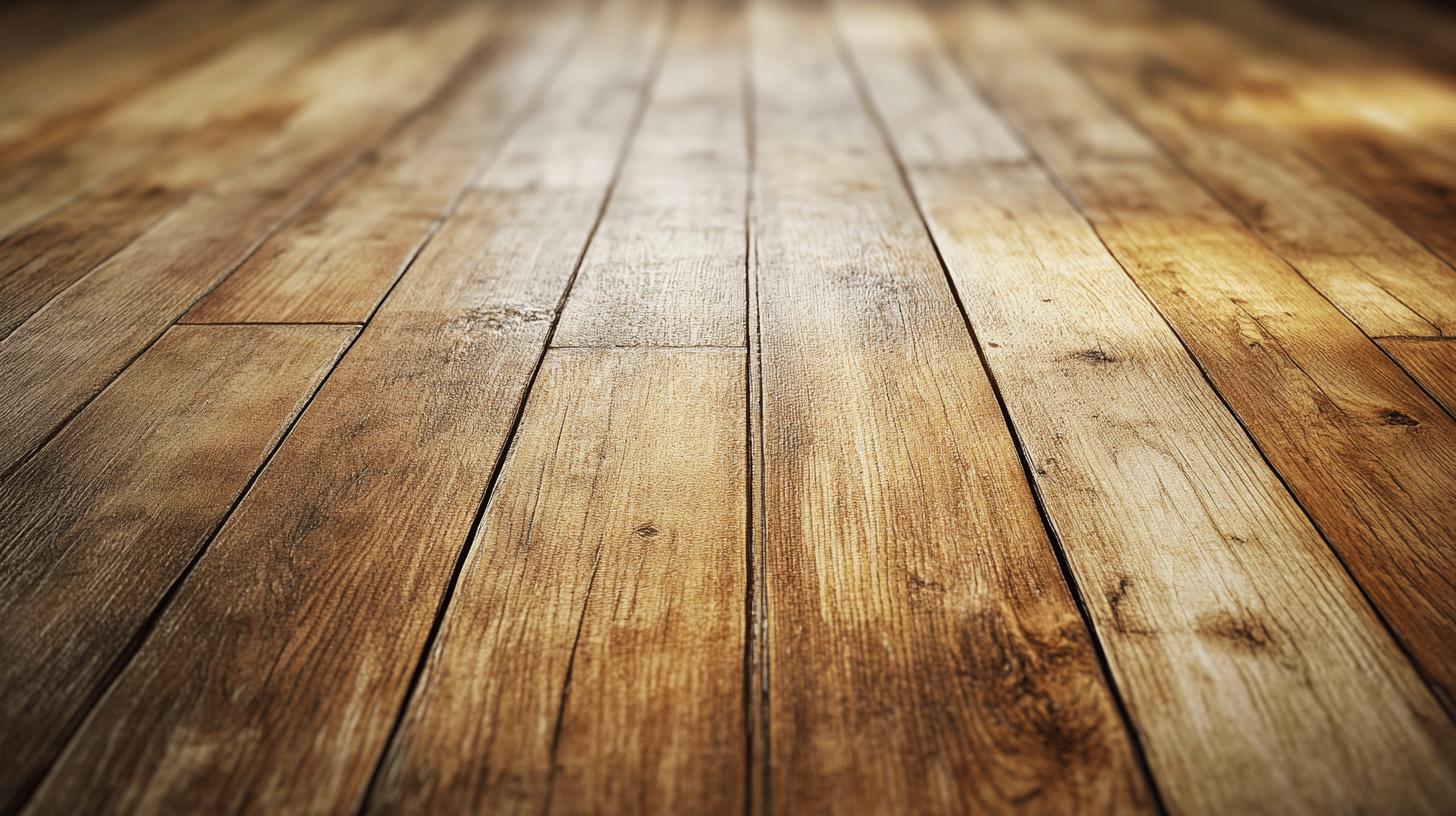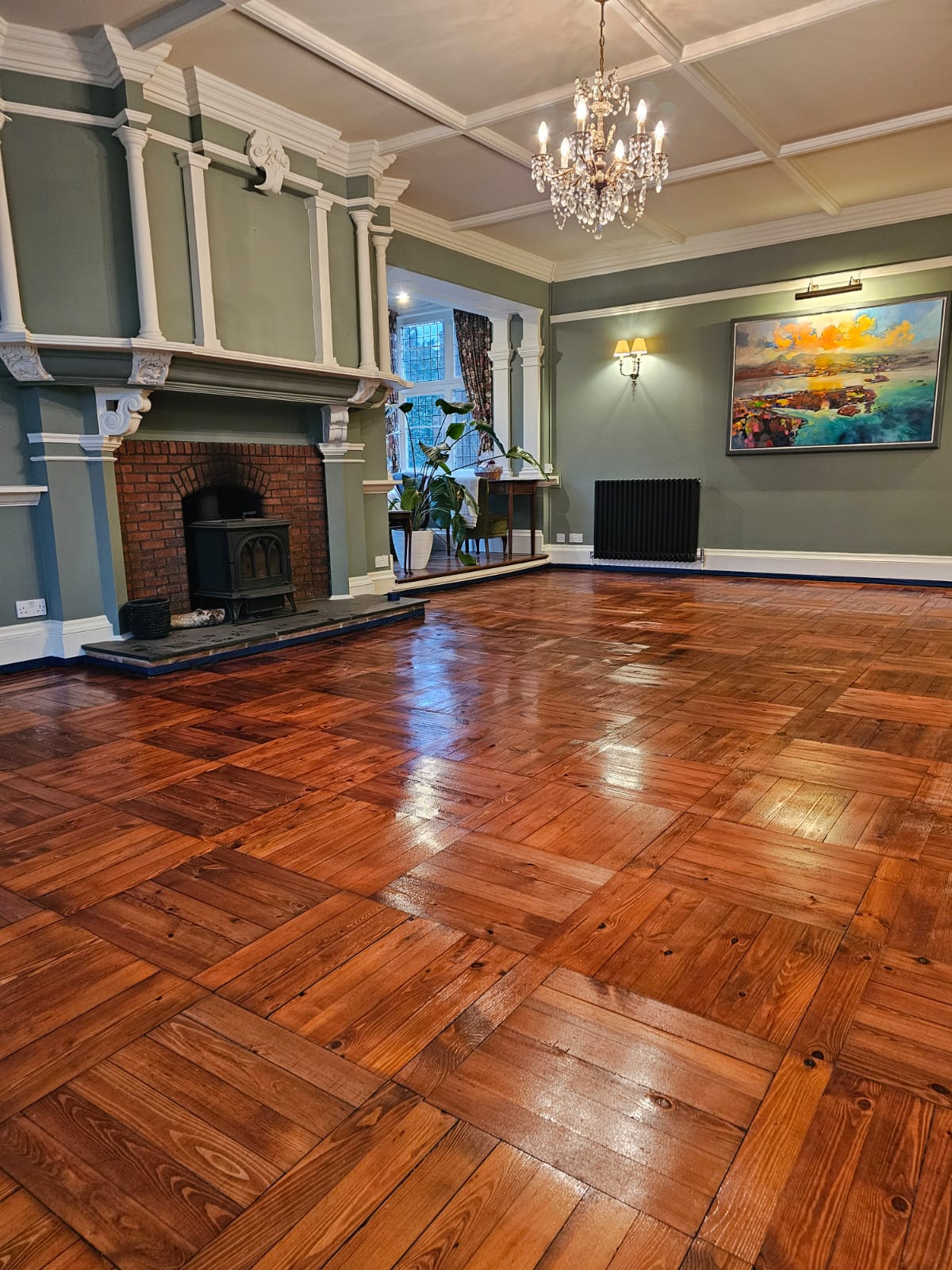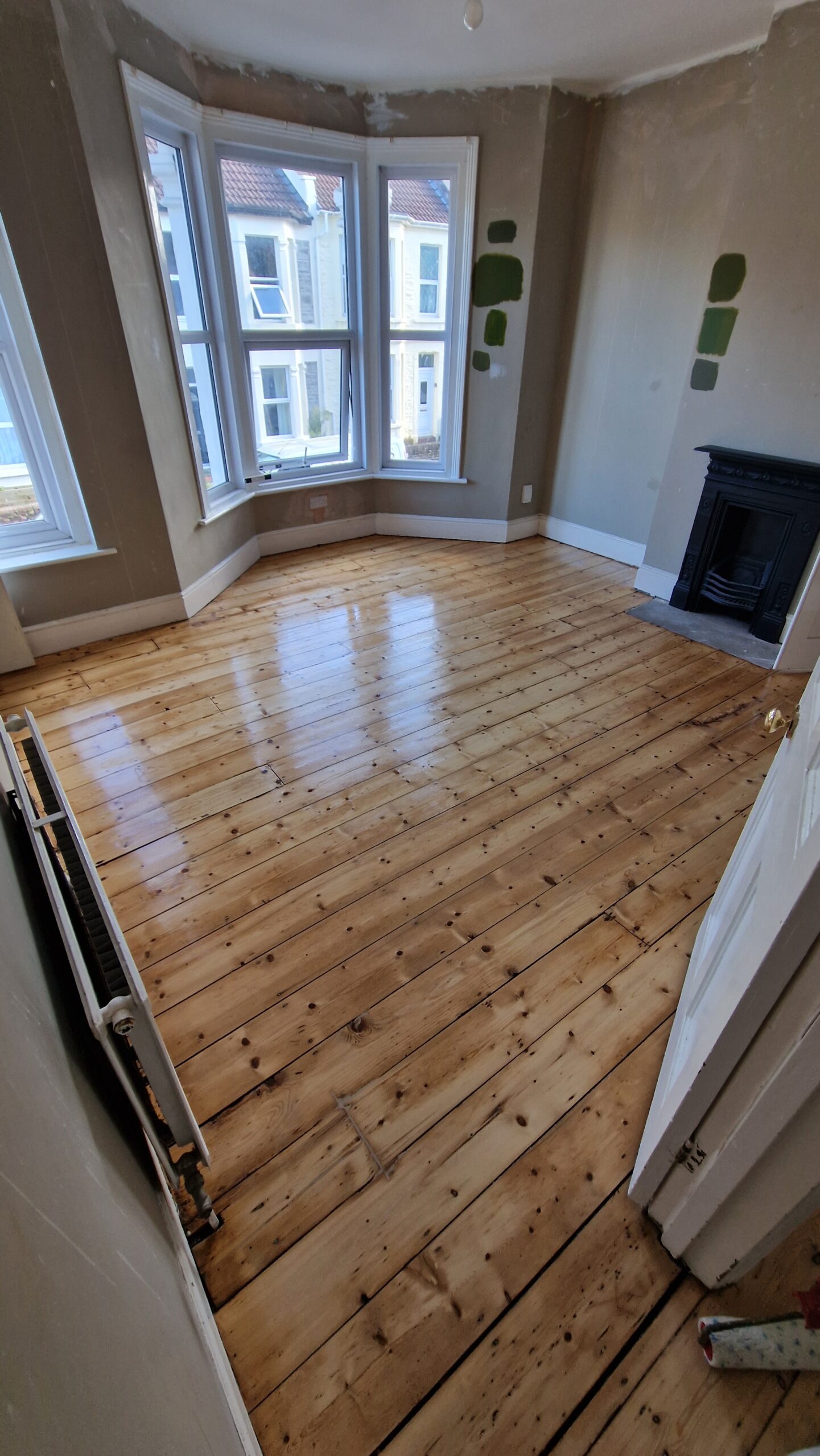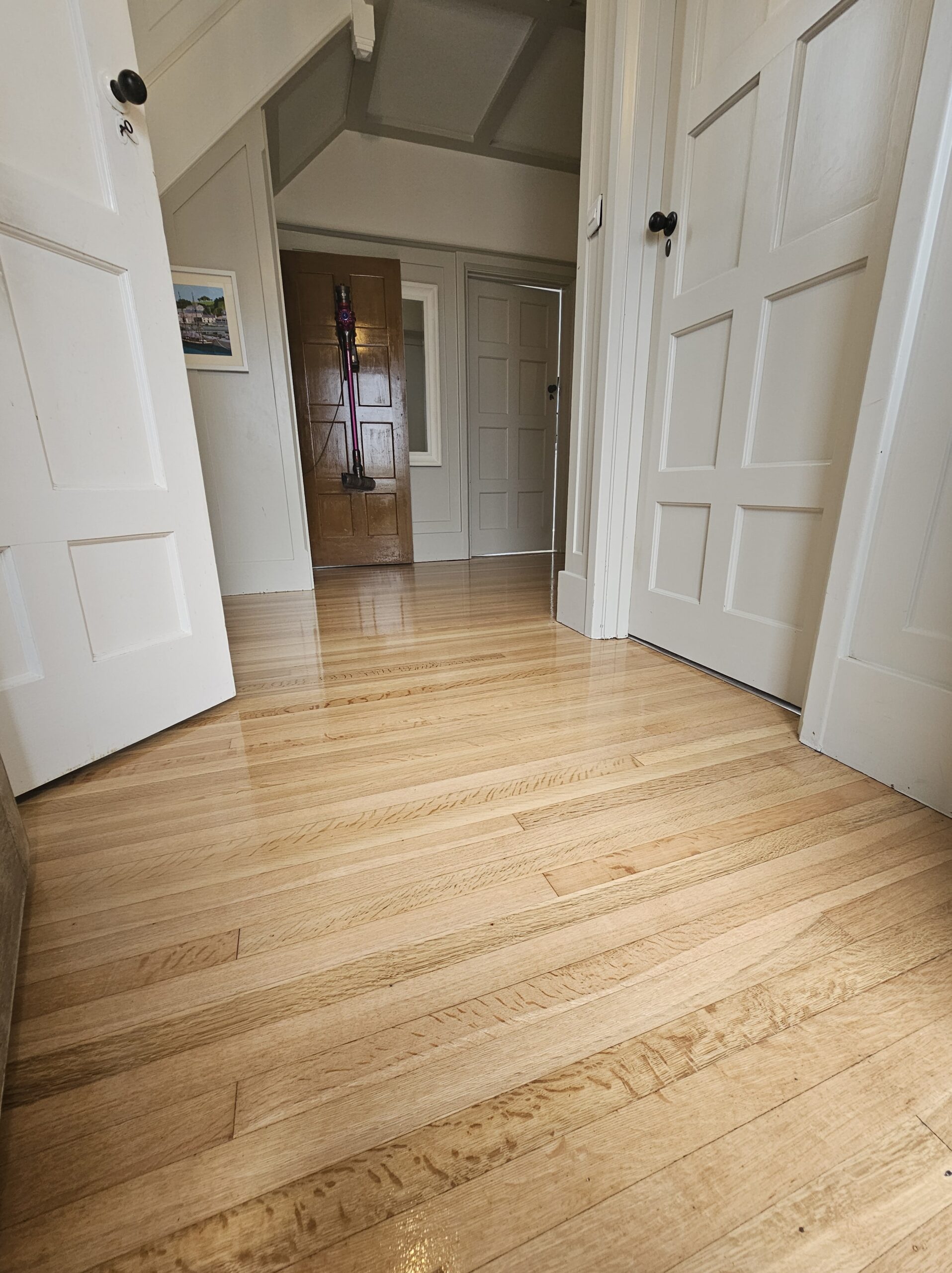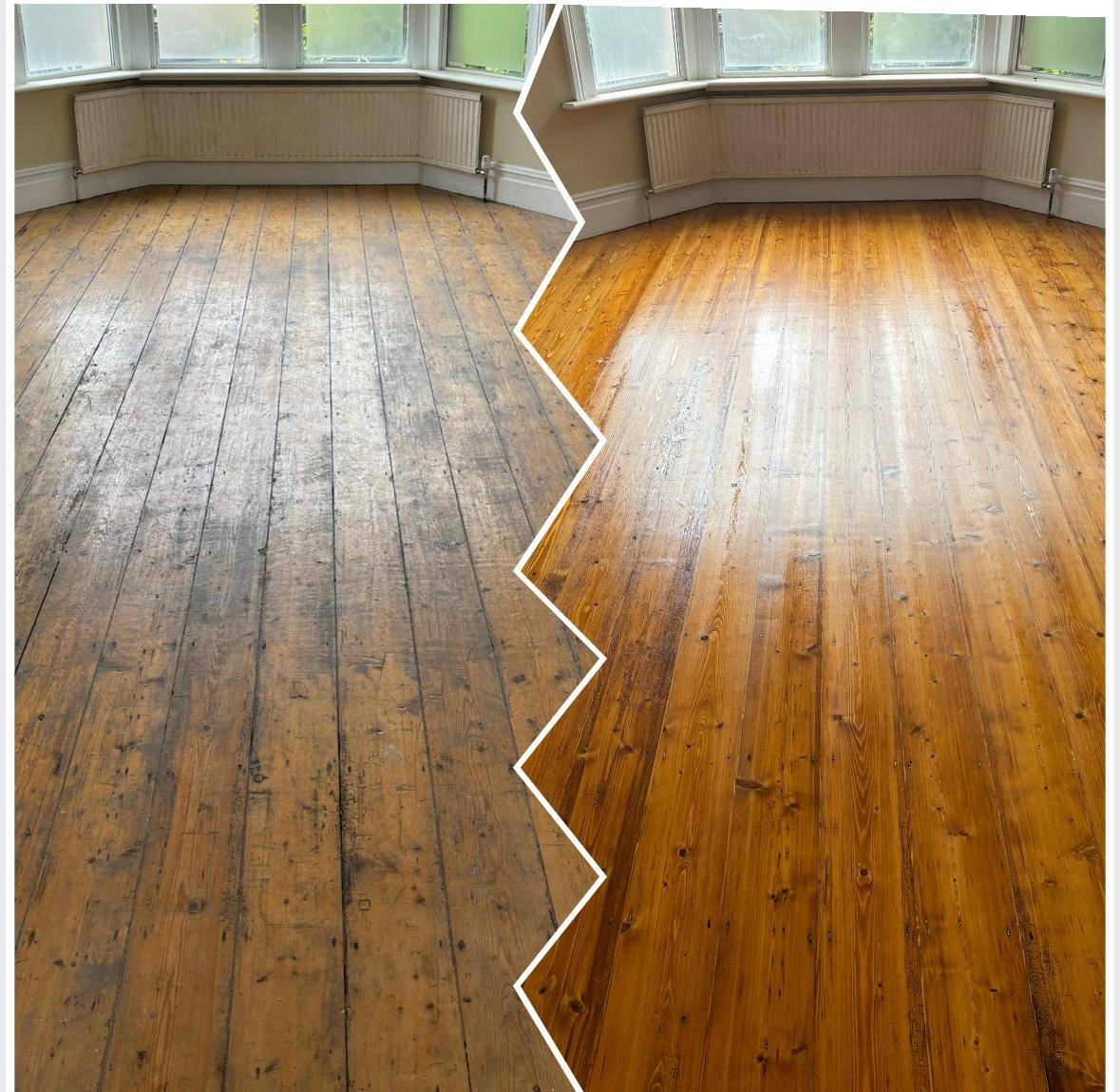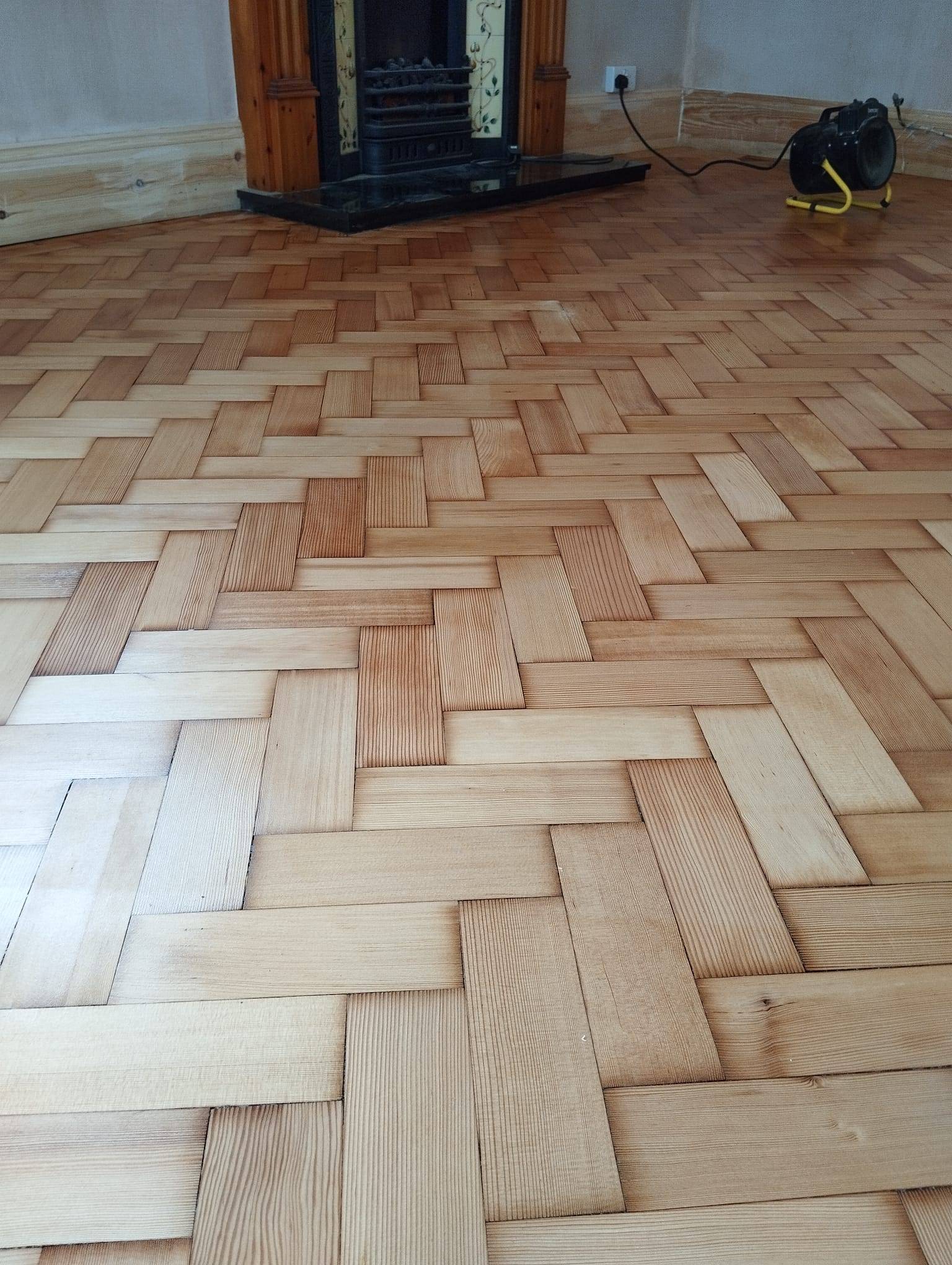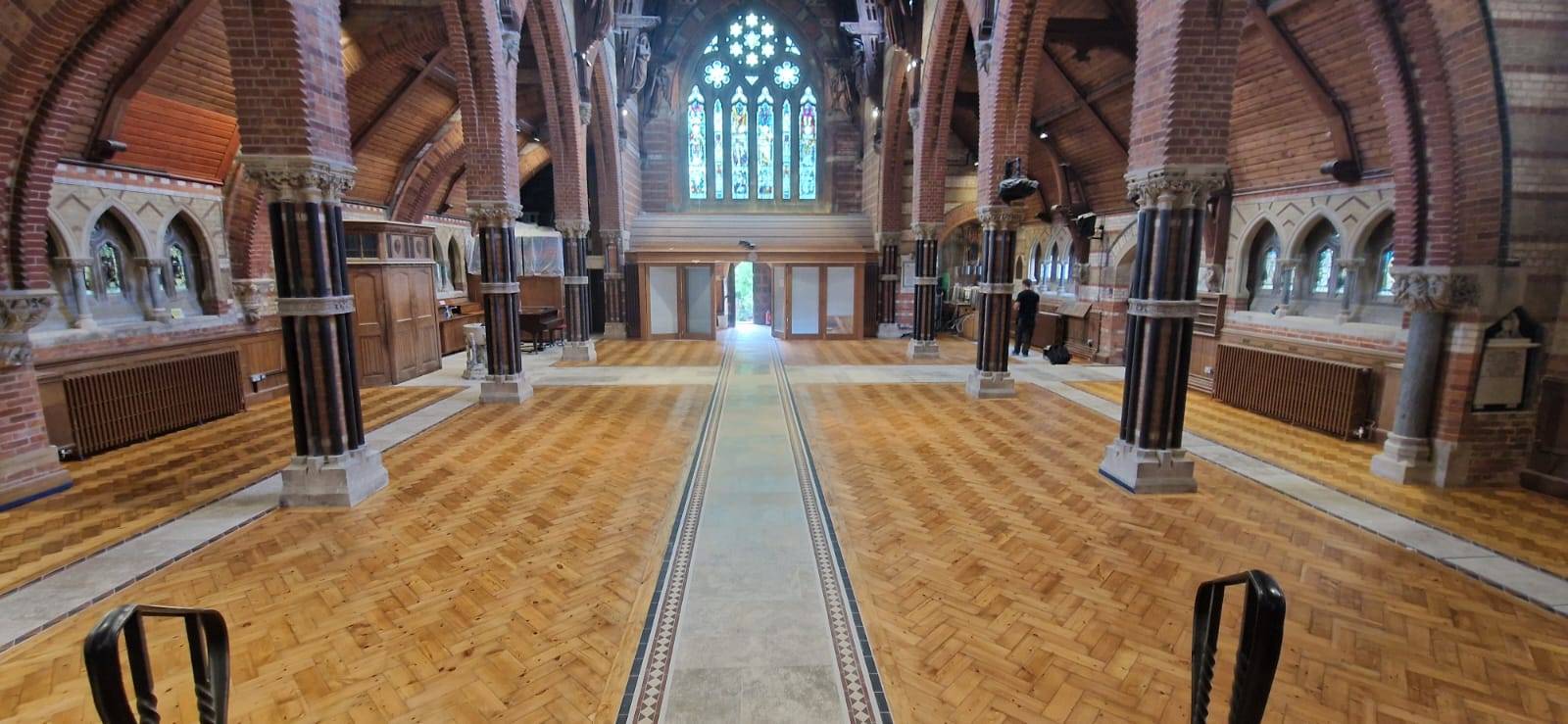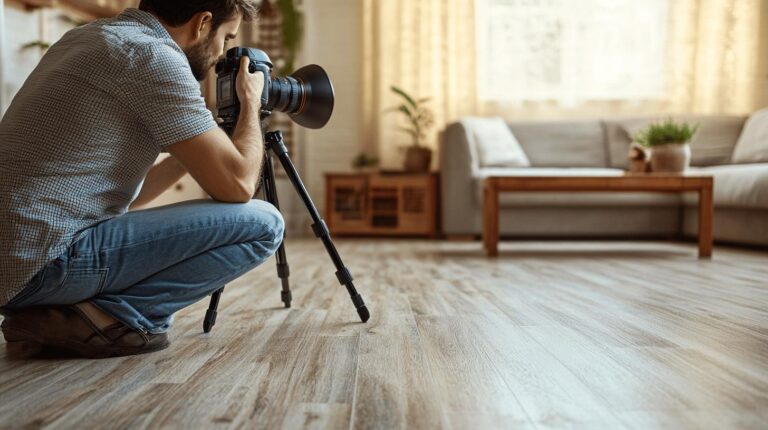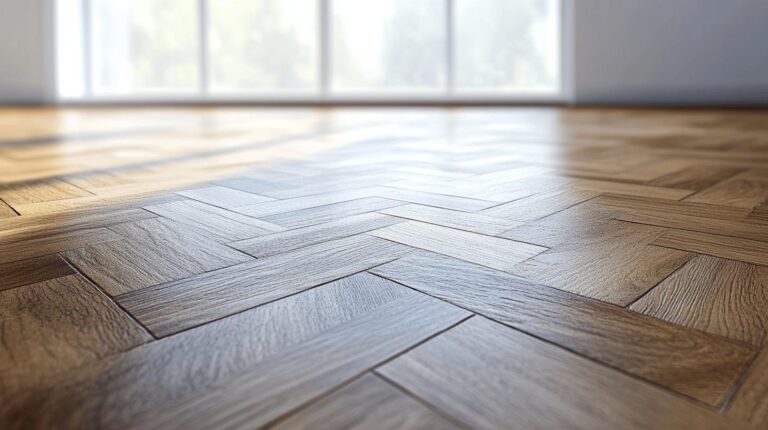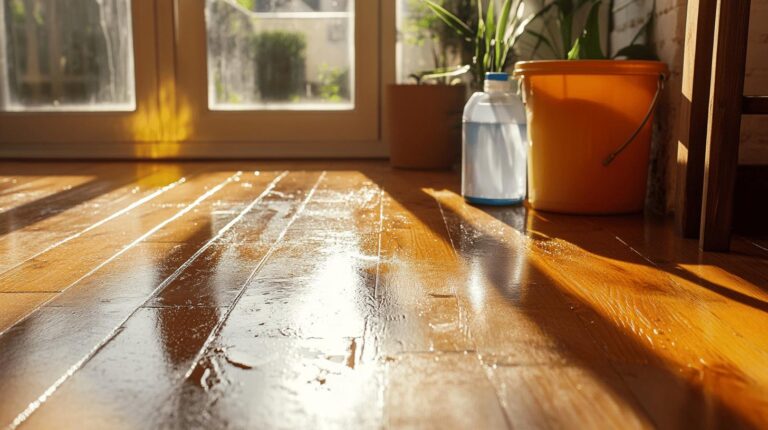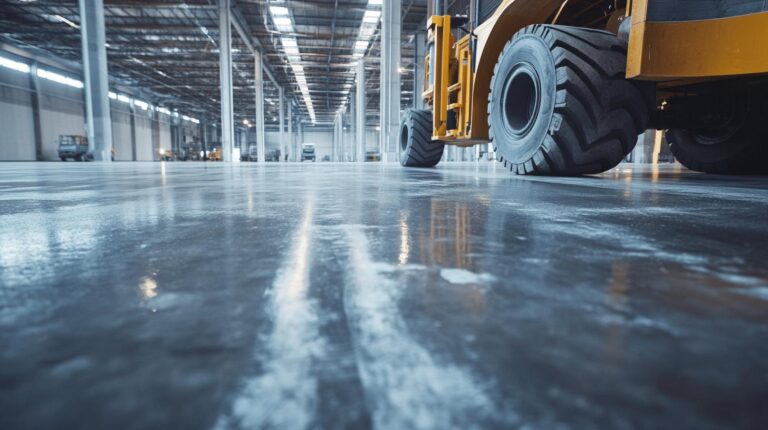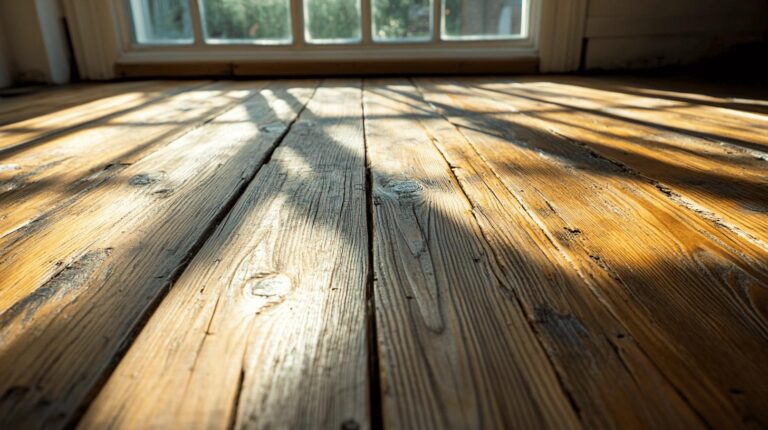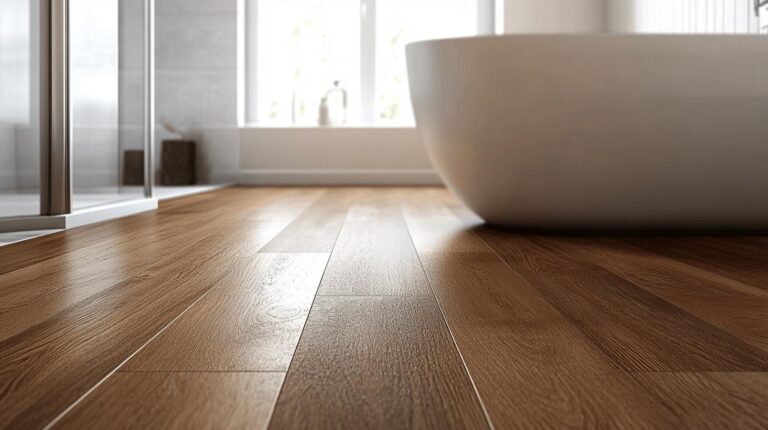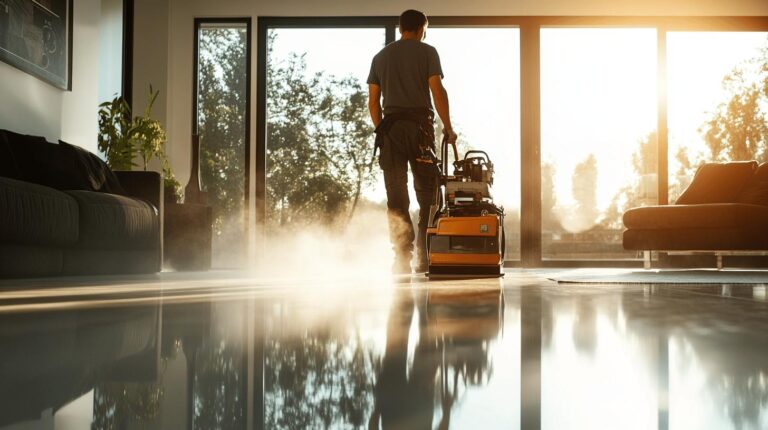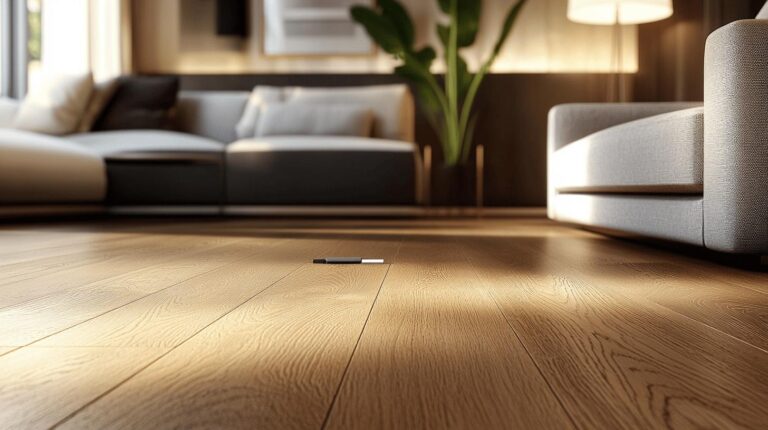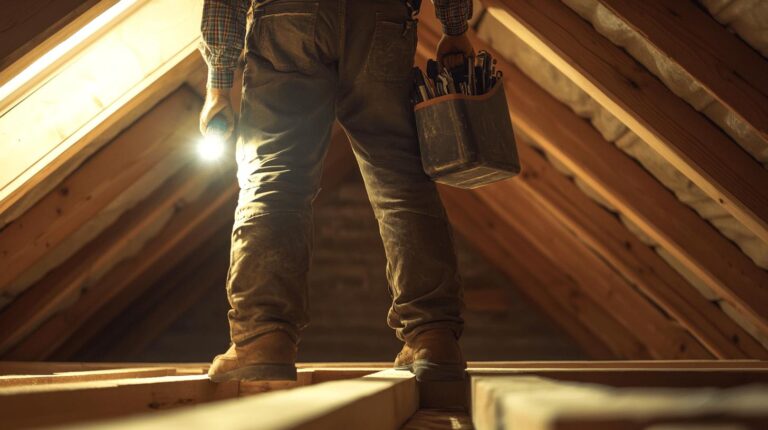Is your wood floor hiding damage that’s silently worsening beneath its elegant surface? Invisible damage often lurks in our homes, transforming a minor issue into a costly repair if left unchecked. Knowing how to spot the early signs, such as subtle scratches, fading due to sunlight, and the dreaded creaking noise, could save homeowners a significant expense. This informative guide explores these warning signals and emphasises the importance of prompt detection. Armed with this knowledge, you can address potential floor issues before they escalate, with expert assistance from Ryan’s Restoration, ensuring peace of mind and professional care.
Identifying Early Signs of Wood Floor Damage
Daily wear and exposure to environmental factors can significantly contribute to the early signs of wood floor damage. High-traffic areas are particularly susceptible to scratches, dents, and gouges, which can expose the wood to further harm. Sunlight and chemical exposure often lead to fading and discolouration, indicating a need for refinishing. Additionally, water damage, a common culprit, can result in warping, buckling, and cupping, which compromise structural integrity. Recognising these issues early on is crucial to preventing more extensive and expensive damage.
Below are common signs of wood floor damage that should not be ignored:
- Scratches and Dents: Especially prevalent in high-traffic zones, these can expose raw wood to potential damage.
- Discolouration: Fading from sunlight or chemical exposure suggests that floors may require refinishing.
- Water Damage: Warping, buckling, or cupping indicates moisture absorption, necessitating immediate attention.
- Noisy Floors: Excessive creaking can point to loose floorboards or subfloor issues.
- Visible Gaps: Large or persistent gaps between floorboards can signal excessive dryness or structural concerns.
Spotting these signs early is essential to avoid costly repairs or replacements. Engaging professional services such as Ryan’s Restoration can provide expert assessments and timely interventions, ensuring the longevity and beauty of your wood floors.
Understanding the Impact of Water and Moisture on Wood Floors
Water damage is a prevalent issue affecting wood floors, primarily due to spills, leaks, or unexpected flooding. However, moisture can also infiltrate without obvious incidents, gradually seeping into the wood and leading to deterioration over time. Maintaining proper humidity levels is crucial in preserving the integrity and longevity of wood flooring.
Warping and Buckling
What causes wood floors to warp or buckle?
Warping and buckling occur when wood floors absorb excessive moisture, causing the wood to expand and distort. This often results from prolonged exposure to water or high humidity levels. The pressure forces the boards to lift or twist, compromising the floor’s structural integrity. Preventative measures, such as immediate drying after spills and using dehumidifiers, can mitigate these effects.
Cupping and Swelling
How does moisture absorption lead to cupping and swelling in wood floors?
Cupping occurs when the edges of a board rise higher than its centre, resulting from moisture absorption at the base of the wood. Swelling is similar but affects the entire board, causing it to expand unevenly. Both issues can stem from excessive humidity or water exposure. Ensuring proper ventilation and humidity control can help prevent these problems.
Professional evaluation services, such as those offered by Ryan’s Restoration, can provide tailored moisture prevention strategies. Their expertise ensures that wood floors remain protected against the detrimental effects of water and moisture, maintaining both their beauty and durability.
How to Recognise Structural and Surface Wood Floor Issues
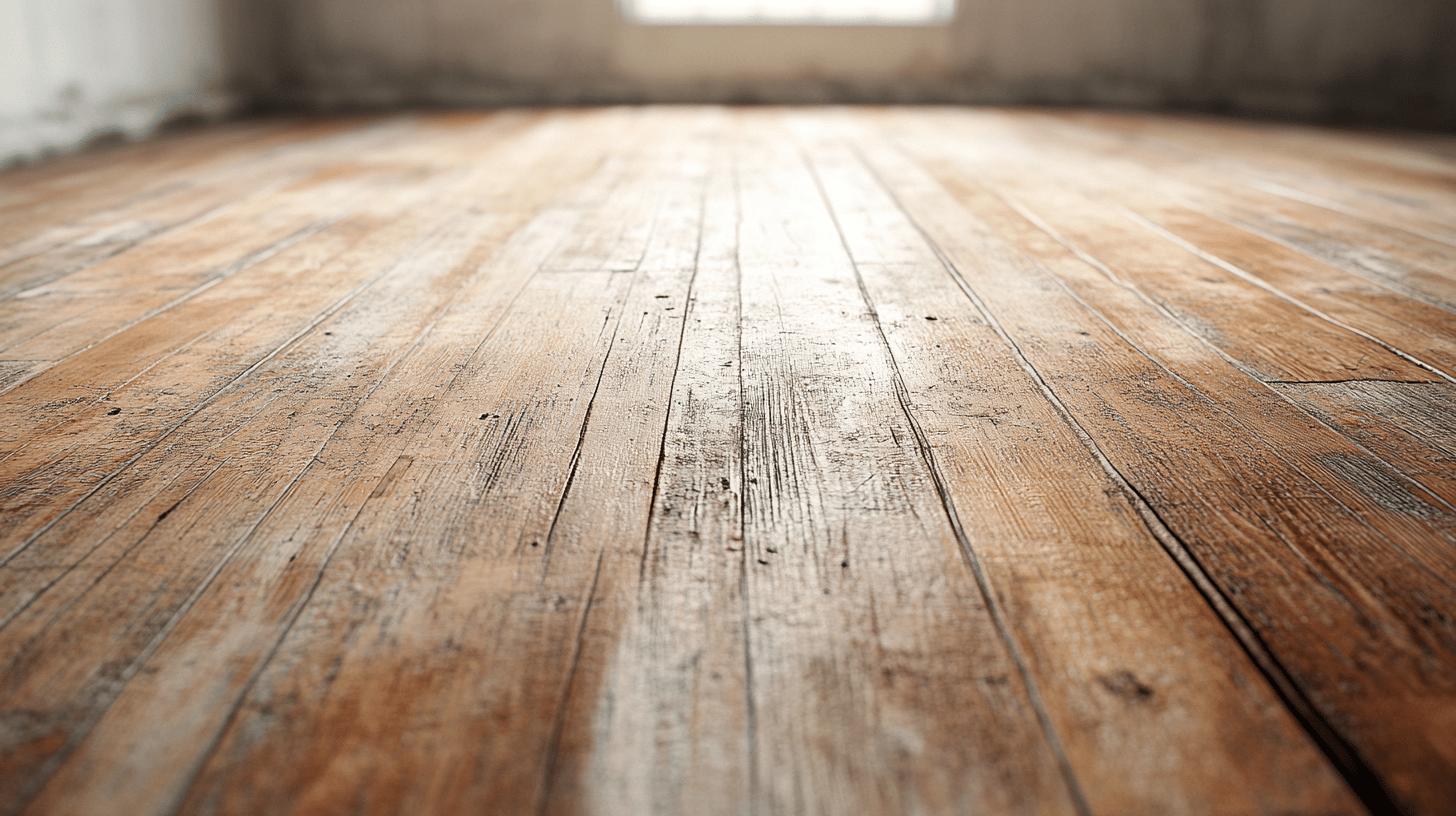
Structural and surface issues in wood floors can significantly impact the overall integrity and appearance of your flooring. A common structural problem is loose floorboards, which may result from subfloor damage or improper installation. These loose boards can lead to excessive creaking, indicating underlying structural concerns. Additionally, uneven floor finishes can compromise stability, making it essential to ensure that the floor finishing is even and secure. Addressing these issues promptly can prevent further deterioration and maintain the floor’s structural integrity.
Below are common surface issues to watch for:
- Excessive Noise: Creaking or squeaking when stepping on floors often signals loose boards or subfloor irregularities.
- Uneven Surfaces: Variations in floor level can lead to discomfort and may indicate settling issues or improper installation.
- Visible Gaps: Large or persistent gaps between floorboards can arise from excessive dryness or structural problems.
- Splintering Wood: This can occur if the floorboards are not properly finished or have been over-sanded, posing a risk of injury.
- Peeking Nails: Exposed nails are not only unsightly but can also be hazardous, suggesting the need for immediate repair.
Recognising these structural and surface issues early is crucial for maintaining the integrity and safety of your wood floors. Professional inspections can help identify and rectify these problems before they escalate. Ryan’s Restoration offers expert evaluations and solutions to ensure your wood floors remain in optimal condition.
Preventative Measures and Maintenance Tips for Wood Floors
Regular maintenance of wood floors is essential for enhancing both their durability and appearance. By routinely caring for your flooring, you can prevent minor issues from escalating into major problems, thereby extending the life of your wood floors. Regular upkeep not only maintains the aesthetic appeal of your floors but also helps safeguard against common wear and tear. Implementing a proactive maintenance plan ensures that floors remain protected from everyday damage, providing long-term cost savings by avoiding extensive repairs or replacements.
Below are practical tips for maintaining and preventing damage to wood floors:
- Apply Protective Finishes: Using high-quality finishes can shield floors from scratches and moisture, prolonging their lifespan.
- Conduct Seasonal Checks: Regular inspections each season help identify early signs of damage and allow for timely interventions.
- Regulate Humidity Levels: Maintaining consistent humidity prevents wood from warping or cupping, which is crucial for floor stability.
- Use Rugs and Mats: Placing these in high-traffic areas reduces direct wear on the wood surface.
- Avoid Harsh Chemicals: Cleaning products with harsh chemicals can damage the finish; opt for wood-friendly solutions.
- Immediate Spill Cleanup: Quickly addressing spills prevents moisture from seeping into the wood and causing damage.
- Regular Sweeping and Vacuuming: Removing dirt and debris prevents surface scratches and keeps floors looking pristine.
Engaging professional services such as Ryan’s Restoration is vital for comprehensive maintenance and repair solutions. Their expertise in wooden floor care ensures that your floors receive the appropriate treatment and attention they need to remain in top condition. By partnering with professionals, you can ensure that your wood floors not only look beautiful but also maintain their structural integrity for years to come.
The Role of Professional Assessments in Wood Floor Care
Professional assessments play a crucial role in maintaining the health and appearance of wood floors by detecting issues that might not be immediately visible. These evaluations can identify hidden defects, such as subfloor damage or moisture infiltration, which, unaddressed, could lead to significant problems. By ensuring proper and timely maintenance, professional assessments help preserve the structural integrity and aesthetic value of wood flooring.
Benefits of routine floor inspections include:
- Early Detection: Identifying potential problems before they develop into major issues, thus saving on costly repairs.
- Enhanced Safety: Addressing structural concerns such as loose boards or peeking nails that could pose a hazard.
- Longevity: Extending the lifespan of floors by ensuring they are well-maintained and free from damage.
- Expert Advice: Receiving tailored recommendations for maintaining and improving floor conditions based on the specific type of wood and environmental factors.
- Restoration Planning: Assessments help in planning and executing restoration processes effectively, ensuring that the right repairs are made at the right time.
Engaging professionals like Ryan’s Restoration for comprehensive floor care solutions is highly recommended. Their expertise in restoration and repair ensures that wood floors receive the attention they need to remain both functional and beautiful. With a focus on quality service, Ryan’s Restoration provides the necessary assessments to safeguard against floor damage, offering peace of mind to homeowners and businesses alike.
Final Words
Recognising wood floor damage signs early can significantly save time and money. Scratches, dents, water-induced warping, and fading are common indicators. Understanding these signs, alongside the impact of water and moisture, allows you to protect your floors proactively. Identifying structural issues like loose boards further secures your investment.
Preventative maintenance tips, such as applying protective finishes and conducting seasonal checks, are vital. Professional assessments ensure thorough inspections and effective care. Trusting Ryan’s Restoration for expert evaluations and maintenance, homeowners can maintain beautiful, long-lasting wood floors, enhancing home aesthetics and value.
FAQ
Why is my wooden floor moving?
Wooden floors may move due to environmental changes, causing expansion and contraction or underlying structural issues.
What causes an uneven surface in a hardwood floor?
An uneven hardwood floor may result from improper installation, water damage, or subfloor issues.
How do you identify hardwood floor blistering,g and what causes it?
Blistering in hardwood floors is due to moisture trapped beneath the surface, leading to raised patches.
What might cause a sudden bulge in the floor?
A sudden floor bulge is usually caused by moisture build-up and swelling of the wood layers.
What causes moisture under hardwood floors, and how can it be prevented?
Moisture under hardwood floors comes from leaks or high humidity. Prevent it by controlling humidity and fixing leaks promptly.
Why is my wooden floor swelling?
Wood floor swelling happens due to moisture absorption, causing the material to expand.
What should I do if my wood floor is bowing up?
Bowing in wood floors is often caused by moisture imbalance; assess and rectify the moisture source.
How can I remedy a dip in my hardwood floor?
A hardwood floor dip may require a professional examination to determine and correct structural or subfloor problems.
How can you tell if a wood floor is bad?
Signs of a bad wood floor include excessive creaking, gaps, and severe wear or deformation, indicating the need for repair or replacement.
How do I know if the floorboards need replacing?
Floorboards that are excessively damaged, rotted, or beyond refinishing may need replacement.
When should wood floors be replaced?
Replacement is necessary when structural damage, severe wear, or frequent repairs compromise the floor’s functionality and aesthetics.
What is the life expectancy of wood flooring?
The life expectancy of wood flooring ranges from 20 to 100 years, depending on the maintenance, type of wood, and environmental conditions.
